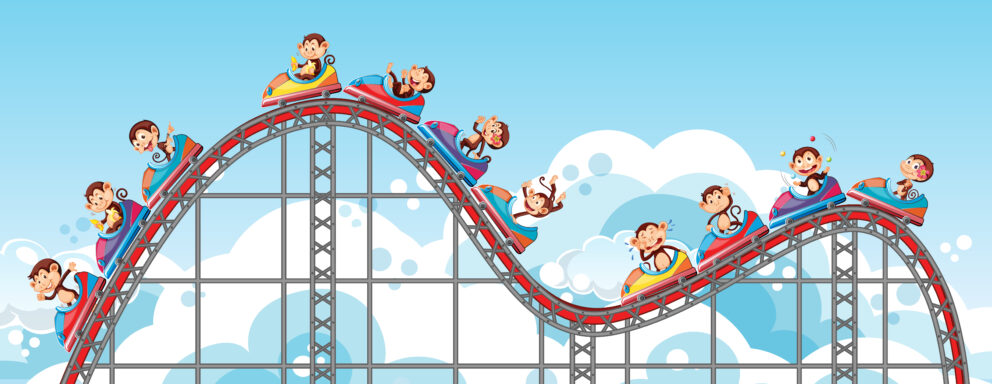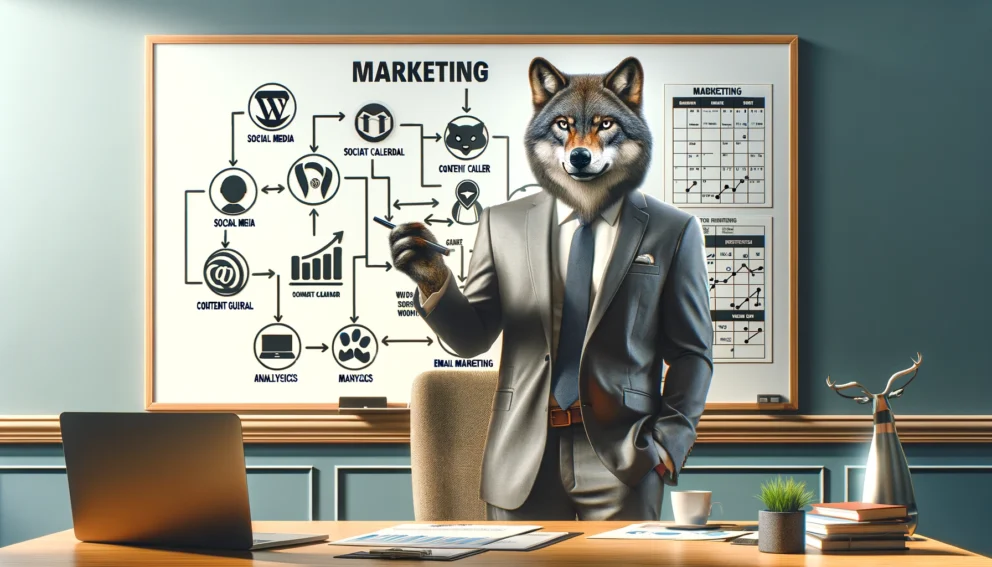Recession Length vs. Sales Cycle Length – How to Message

By Tom Swanson, Engagement Manager at Heinz Marketing
The average recession lasts about 10 months. How long is your sales cycle on average? Marketing is tricky in an economic downturn. There is a sensitive balance between speaking to the current moment and maintaining your core brand position. A question few consider is:
“Does it take longer to buy and implement your product than the recession will last?”
That is what we will be exploring here, and the concept can be generalized to any trend.
As a disclaimer, we don’t know how long the recession is going to last. Prior to the early 1900s, the average recession was almost 1.5 years. In the modern era it is less than a year. We aren’t experts on economic downturns and the factors that impact their length.
But we are experts on marketing strategy, so let’s get into it.
Recession Overload
The 2022-2023 recession, materialized or not, has shaken up marketing messaging. Companies all over are posting blogs about how to do X in a recession. The point is obvious: everyone is trying to capitalize on trying times to build trust in their brand and convince wary buyers that a conversation is worth the time.
Here are a few of the more common messages:
- Mitigate risk
- Avoid layoffs
- Increase stability
- Do more with less
- Focus on ROI
Everyone, and I mean everyone, sees their product as the answer to a recession. So, marketing departments scramble to align their core brand positioning with the trend. A smart idea, and the faster you can do it, the more you can command the message. The early bird capitalizes on the fear.
The market is now flooded with helpful content and guides for navigating uncertain times. Very useful for many young workers who have only experienced the upward-only trend since 2010. What even is a down year?
Let’s back up, though, and revisit when the recession messaging really started to pick up. Right around Summer of 2022, when high inflation was driving record rate increases, and businesses were starting to feel the pain of more expensive debt.
Imagine yourself as a marketer trying to piece together how to respond to the changing business climate.
Temporary Messaging and Forward-Looking Customers
As a marketer, you should be intimately familiar with your sales cycle. The length of it, in particular, is key to this discussion. Trends are temporary by nature, and most do not survive to become entrenched in the overall business ecosystem.
So, the thing to compare is how long a trend is anticipated to last vs. how long your time to value generally is. Let’s take a look at two examples.
First, imagine a cycle length of 9 months, with an overall setup time of 30 days. After that, we can anticipate customer change management and internal ramp-up taking another quarter to get to max usage.
In the above case, you are looking at 13 months to get to maximum value. There are a lot of issues with messaging to a 10-month trend in this case.
- Churn likelihood goes up as the promised benefits are less relevant
- The messaging becomes irrelevant during the sales cycle as companies look to position well to come out of the recession and return to growth
- Expansion becomes challenging as the initial purchase reasons may have lost relevance
The key word in all of these is relevance. Trends struggle to maintain relevant, and the bigger/scarier the trend, the more this is the case. Recessions end, and companies don’t wait until that point to begin planning for it. If your sales cycle is almost as long as the recession itself, then positioning your product as a great choice in a recession is likely a bad call that may erode your core brand.
Now consider a company with a 5 month sales cycle, and for the sake of consistency, the same 30-day setup and quarter-long ramp-up. That comes out to 9 months, just one month shy of the average recession length.
In this case, it also is likely a bad idea to message your solution as a way to weather the recessionary storm. The reason is the same as above. It takes far too long to get to max value, and recessions are finite.
The only time it would be a good move is if you are well in advance of the actual recession itself. During those initial rumblings in early/mid 2022, beginning that messaging would make sense and may create value. This is because your solution would be able to be bought and implemented while the depth of the recession was just being hit.
If you can provide the promised efficiency/ROI during that period, you probably have just won a long-term customer.
Pricing In The Recovery
By the time you read news about a company, that news is priced into the stock. It is the same with marketing. By the time you are reading about recessions or other economic trends, they are priced into how businesses are planning, and more importantly, what the marketing ecosystem looks like.
From that point, the longer your sales cycle is, the less important recession positioning is going to be. In fact, if your overall sales cycle length through time to max implementation is >10 months, then you should be messaging for the recovery. That will be the ecosystem your product will be implemented into, and those will be the benefits your customers are looking to leverage.
Businesses that recover the best will be those that begin preparing for the recovery during the recession. The biggest businesses, those enterprise clients that top your target account list, have likely had a better go of it than most, and so their recovery planning will be more robust.
Aligning your messaging with how you can help customers drive the recovery forward and come out on top is likely more effective than playing defense at this stage. Particularly for longer sales cycles that will close well after improvements are underway.
The recession was “priced in” to the business ecosystem back in June. The recovery is being priced in now.
The take-away
It can be tempting to message into the recession because it is relevant and happening now. If you are focused on helping people get through difficult times, this might be a good idea. However, if you are looking to position your product as an answer to the questions brought about by uncertain times, then you have more work to do before you commit to this messaging strategy.
In particular, consider the time it takes for a firm to maximize the value of your solution. If is greater than the amount of time a recession usually lasts, then you are better set putting your messaging elsewhere.
As always, email me with any questions: tom@heinzmarketing.com.







